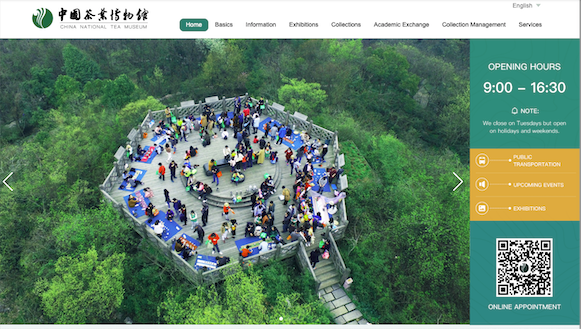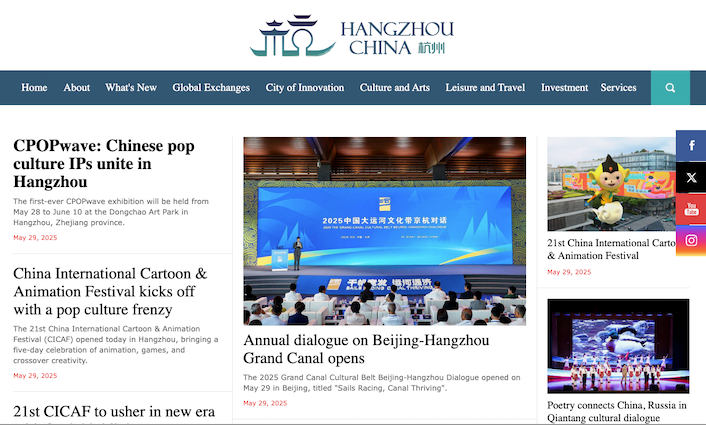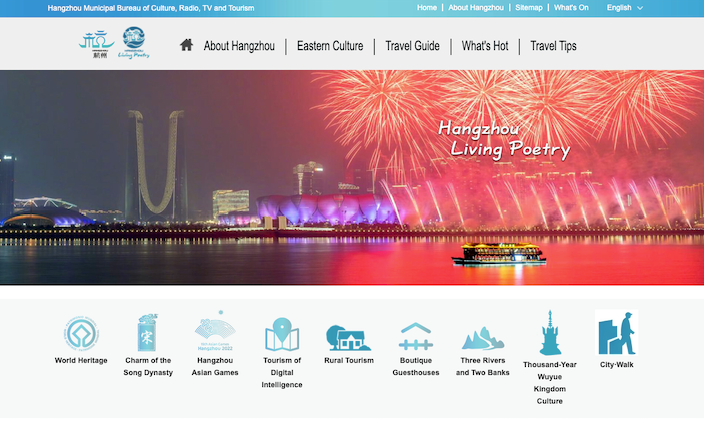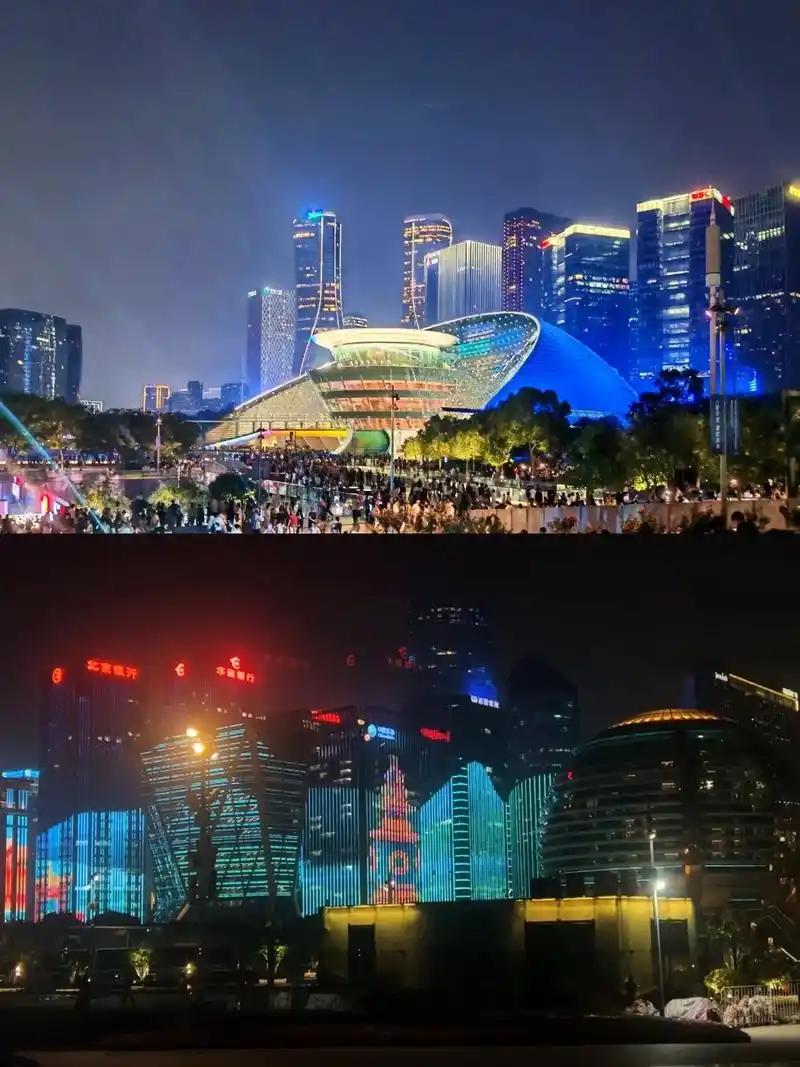1. Historical & Cultural Significance
Established in 1991 and expanded in 2015 with a second campus, this UNESCO-listed museum preserves China’s tea legacy, from Neolithic wild tea trees to modern global trade. Its 5,000+ artifacts include:
- Tang Dynasty white-glazed tea sets (618–907 AD)
- Swedish "Götheborg" shipwreck tea (1745)
- 360kg pressed Pu’er tea brick (world’s largest exhibit)
The museum bridges tradition and innovation, hosting G20 Summit cultural events (2016) and annual "West Lake International Tea Festival".
2. Key Attractions
- Shuangfeng Campus:
- Five Thematic Halls: Tea History (茶史厅), Tea Varieties (茶萃厅), Tea Science (茶事厅), Tea Ware (茶具厅), and Tea Customs (茶俗厅).
- "No Walls" Design: Blends with 47-acre tea gardens, featuring 160+ global tea cultivars like Dragon Well (龙井) and Tieguanyin (铁观音).
- Longjing Campus:
- "World Tea Culture" Exhibit: Traces tea’s spread to 60+ countries, with interactive displays on Japanese chanoyu and British afternoon tea.
- Tea Art Performances: Daily gongfu tea ceremonies and Song Dynasty-style whisking demonstrations.
3. Visitor Experience
- Hands-On Activities:
- Tea picking/roasting (April–May) in nearby plantations.
- DIY ceramic workshops to craft replica Tang tea bowls.
- Practical Info:
- Hours: 9:00 AM–4:30 PM (closed Mondays; free admission).
- Transport: Metro Line 3 to Longjing Station, then bus 27.
4. Global Impact
Recognized as a "Top 10 National Exhibition" (2003), the museum collaborates with Japan’s Chado Research Center and UK’s Tea Guild. Its digital archives (e.g., "24 Solar Terms Tea Culture") reach 2M+ annual online visitors.




